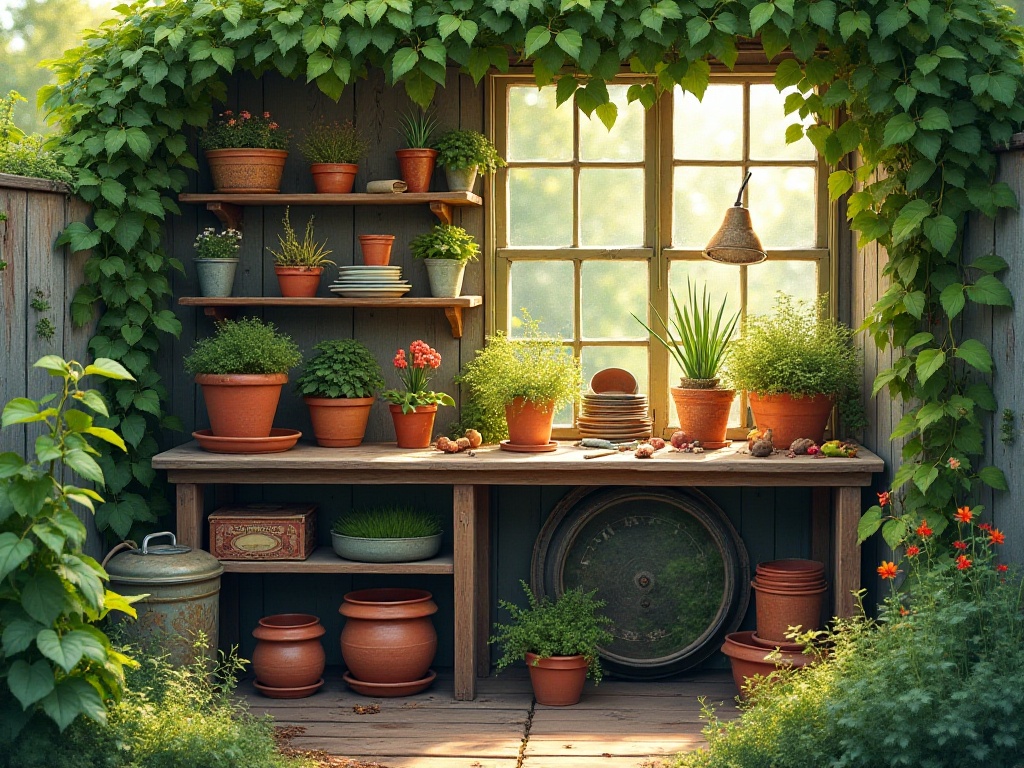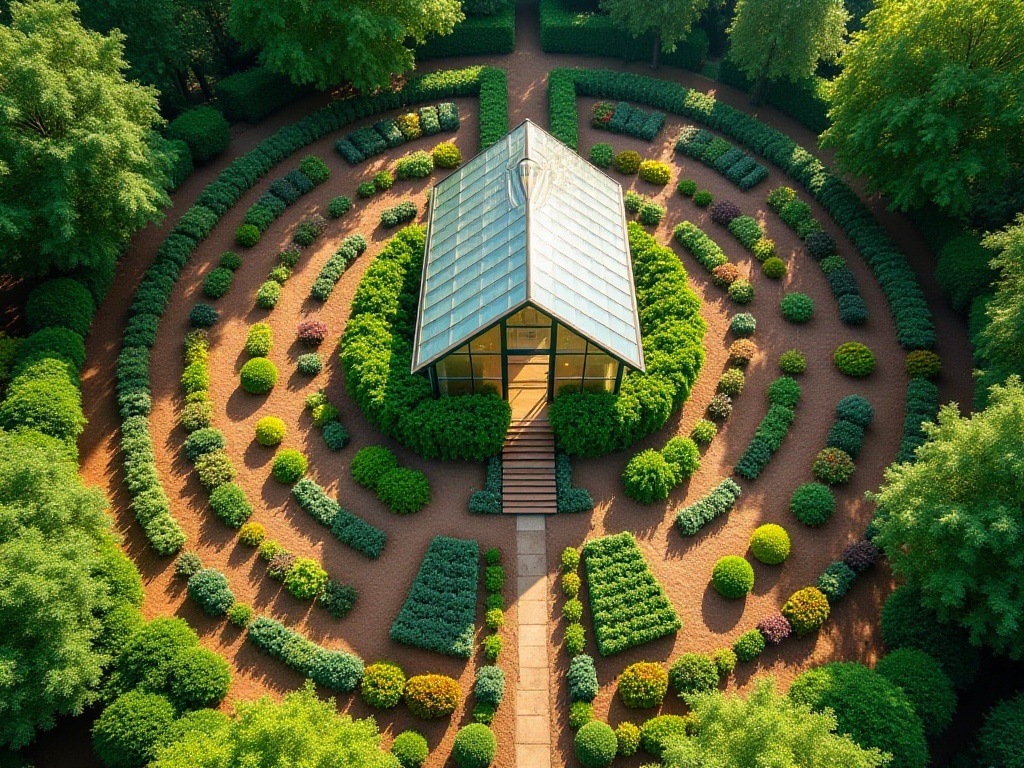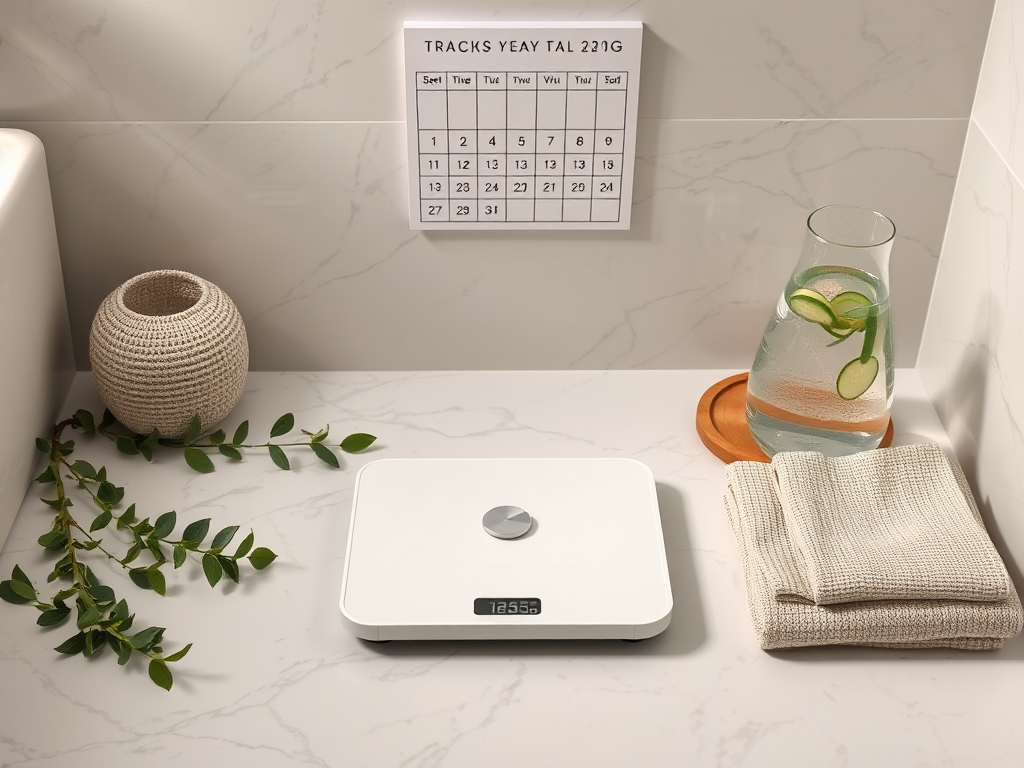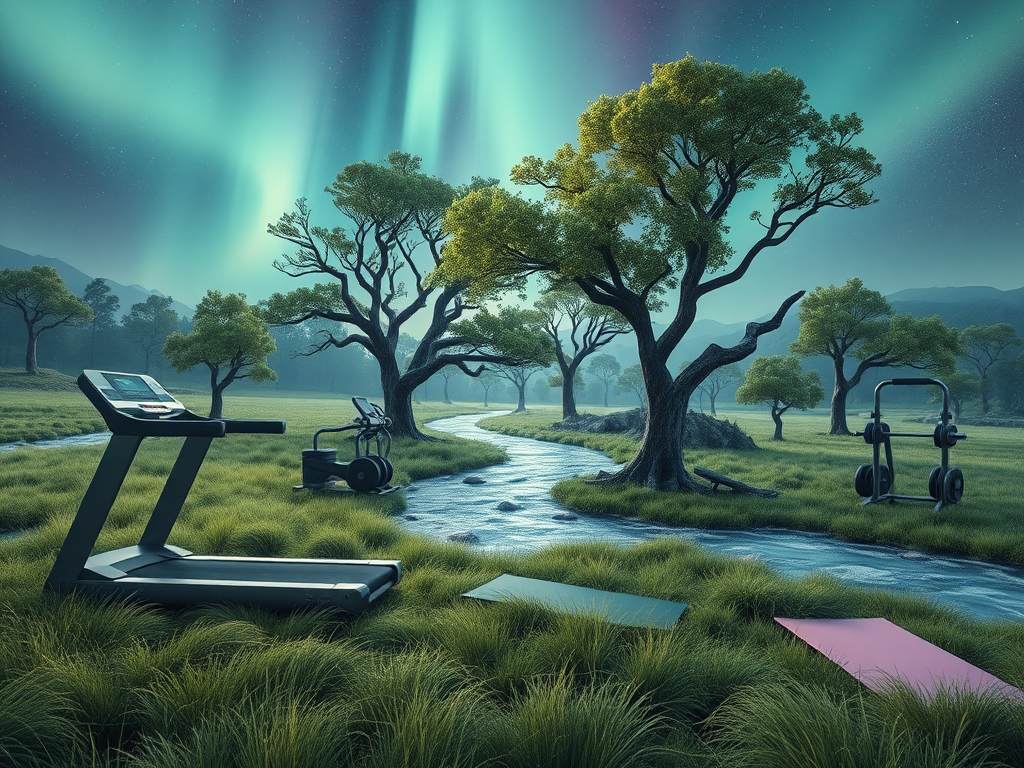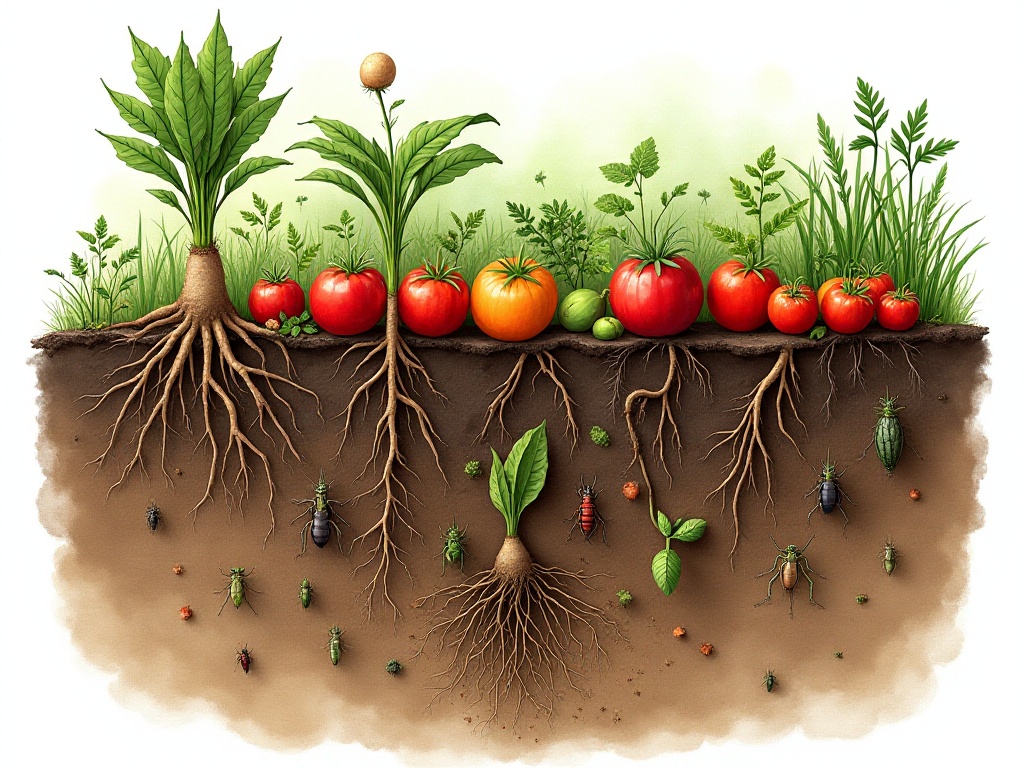Location is Key
Hello everyone! As a gardening novice, I deeply understand how crucial choosing the right location is. I remember when I first started gardening, I had no experience and just randomly picked a small corner on my balcony, thinking it would work. The results were predictable - those poor seedlings grew thin and small, with wilted leaves, and the harvest was terrible. Later I realized it was due to insufficient sunlight!
The most critical factor in gardening is having adequate sunlight. Fruiting vegetables like tomatoes, eggplants, and peppers need at least 6-8 hours of direct sunlight daily. Without sufficient light, they'll produce very little fruit. Leafy vegetables like bok choy and lettuce are slightly more shade-tolerant but still need 4-6 hours of light. In the Northern Hemisphere, south-facing areas get the most sunlight. My current garden is in a south-facing spot in the backyard with very long direct sun exposure. Look at my vegetables - they're all lush and thriving, with eggplants and tomatoes full of fruit, making me happy just looking at them.
Another crucial consideration for location is choosing a spot close to your house. After all, gardening isn't a one-time thing - you need to water, fertilize, weed, and harvest regularly. If the garden is too far from your house, it becomes tedious to walk back and forth. Who would have the patience to trek far every day to tend to it? My current garden is right next to the back door, which is super convenient. I can check on it first thing in the morning and harvest fresh vegetables on my way home in the evening, without feeling that gardening is a hassle.
There's also a tip about location: avoid areas under tree canopies. Trees not only block sunlight but their roots also compete with vegetables for nutrients and water. I once planted vegetables next to a big tree, and they all grew very small. Later I discovered it was because of the tree roots. Now my garden is at least five to six meters away from the nearest tree, and the vegetables grow much better.
Terrain is also worth considering. It's best to choose slightly elevated ground to prevent water accumulation during rain. My garden is built on a slightly raised area, so there's never any water pooling after heavy rain. If your area is flat, you can build up the soil to raise the garden bed slightly.
Wind direction should also be considered. In my area, we get mainly southeastern winds in summer and northwestern winds in winter, so I planted a row of sunflowers on both the southeast and northwest sides as windbreaks. This not only protects the vegetables from strong winds, but the rows of blooming sunflowers also look beautiful, creating a natural landscape wall.
Soil Matters
When it comes to gardening, the importance of soil cannot be overstated. Just like how we need good ventilation and lighting in our homes, plants need their "home" to be well-aerated and well-draining. My current plot took several years of improvement to become this good.
When I first started gardening, my soil was typical clay - hard and compacted. After rain, water would pool on the surface, and during dry spells, the ground would crack open, which was really frustrating. Later, I started researching soil improvement methods and gradually developed an effective approach.
First, you need to assess your soil condition. Besides the water test method mentioned earlier, you can also use the squeeze test. Wet the soil, squeeze it into a ball, and toss it gently. If the ball completely crumbles, it's too sandy; if it won't break apart, it's too clayey. The ideal situation is when the ball breaks into several pieces when tossed - this indicates good soil structure.
The simplest way to improve soil is to add organic matter. I use kitchen scraps, fallen leaves, and grass clippings for composting, and add lots of compost to the garden every spring and fall. Initially, I would thoroughly mix the compost with the original soil to a depth of about 30 centimeters. After several years of improvement, my soil is now loose and fertile - you can see many earthworms whenever you dig, which is the best sign of healthy soil.
Besides compost, I also add coarse sand to improve soil aeration and drainage. Sometimes I add vermiculite or perlite, which not only improve soil structure but also help retain water and nutrients. I did this last year, and the eggplants I grew were all large and round, with thin skin and tender flesh, extremely delicious.
Soil pH is another important consideration. Most vegetables prefer slightly acidic to neutral soil, with pH values between 6-7. You can test soil pH with a simple test kit or litmus paper, which is very convenient. If the soil is acidic, you can add lime or shell powder to adjust it; if it's alkaline, you can add sulfur powder.
Another crucial point is crop rotation. This means not continuously growing the same type of vegetable in the same spot. I now rotate between root vegetables, leafy vegetables, and fruiting vegetables, which prevents excessive depletion of soil nutrients and helps prevent some pests and diseases.
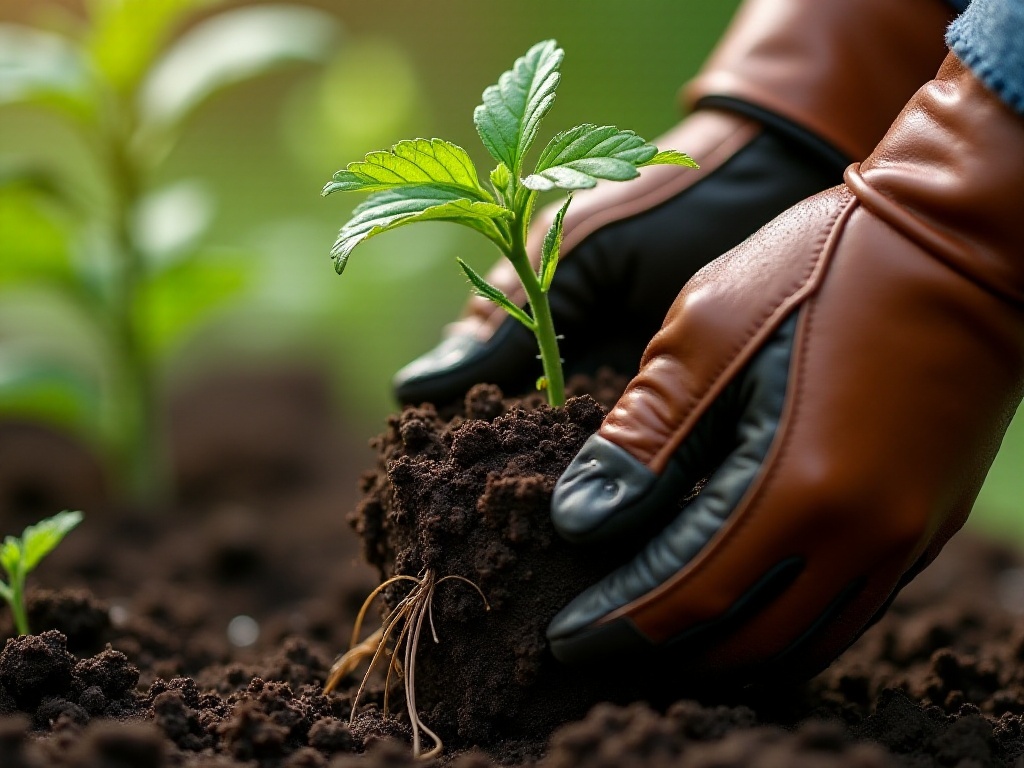
Scientific Planting Methods
When it comes to planting techniques, there's really a lot to learn. Sowing seems simple, but to grow good vegetables, you need to use proper methods. I remember when I first started gardening, I didn't understand any of this. I scattered seeds everywhere, resulting in overcrowded plants that either grew too tall or were malnourished, and I had to thin them out later. Looking back, I was really amateur then.
First, let's talk about planting depth. Generally, planting depth should be proportional to seed size. For small seeds like cabbage and lettuce, a depth of 0.5-1 centimeter is enough; for larger seeds like beans, you can plant deeper, about 2-3 centimeters is appropriate. I now use a special wooden stick marked with different measurements specifically for controlling planting depth.
Row and plant spacing are also important. For leafy vegetables like bok choy and lettuce, I now plant with 25-30 centimeter row spacing, maintaining similar plant spacing. For larger vegetables like eggplants and tomatoes, row spacing should be increased to 50-60 centimeters, with plant spacing also maintained above 50 centimeters. For vining vegetables like cucumbers, row spacing should be even wider, around 80 centimeters. This way, the plants won't shade each other, and each one can get enough sunlight and nutrients.
Seasonal timing is also crucial. In our northern region, March-April is suitable for planting cold-tolerant vegetables like peas, beans, and radishes. When temperatures rise in May-June, we can plant heat-loving vegetables like eggplants, peppers, and cucumbers. August is good for planting fall vegetables like cabbage and mustard greens. Before winter comes, you can plant some cold-hardy vegetables like spinach and cilantro, which can be covered with row covers and harvested through winter.
I have a trick for sowing: I soak the seeds in warm water for a few hours first. This softens the seed coat and improves germination rates. For seeds with harder coats like cucumbers and beans, I soak them in 30-35 degree water for about 12 hours. However, be careful not to soak them too long, or they'll rot from lack of oxygen.
For some harder-to-grow vegetables, I use the seedling transplant method. For example, with tomatoes and eggplants, I first grow seedlings in trays, then transplant them to the garden when they have 3-4 true leaves. This not only increases survival rates but also allows for harvest about 20 days earlier. When growing seedlings, pay attention to temperature - maintain around 25 degrees during the day and no lower than 15 degrees at night for strong, healthy seedlings.
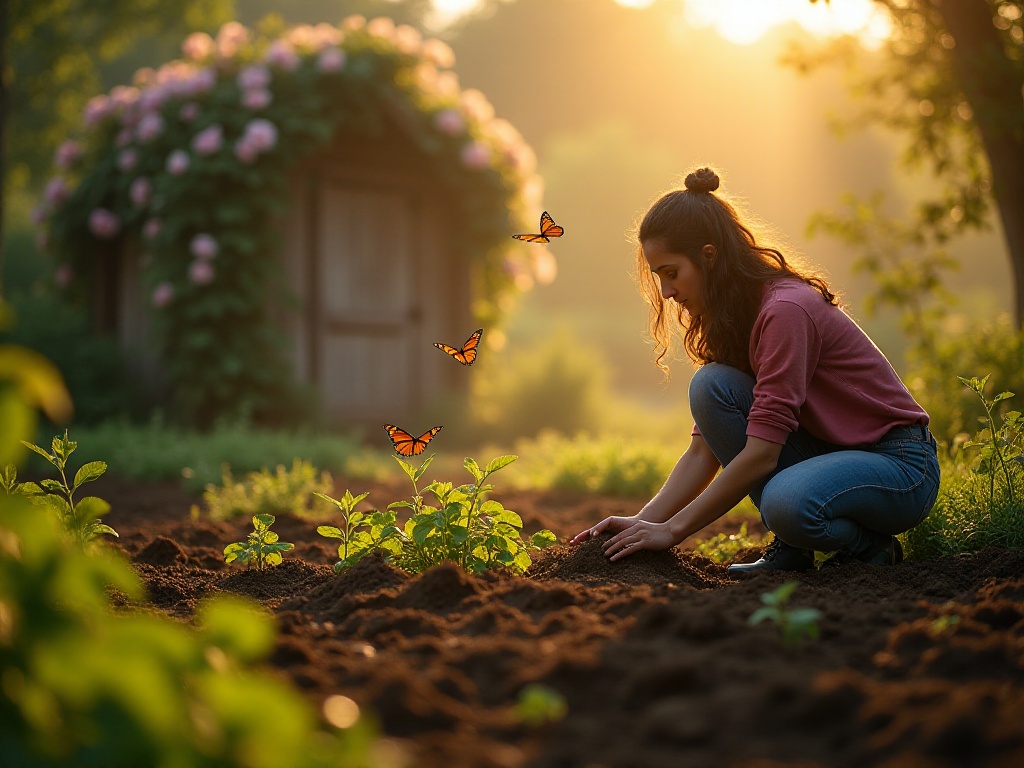
Watering Techniques
The topic of watering could really be discussed for an entire day. Many people think watering is just pouring water on the ground - how hard could it be? Actually, watering is quite technical. I now never worry about watering issues because I've developed a fairly scientific watering method.
First, let's talk about watering timing. It's best to water in the early morning or evening when water evaporation is slower and plants can fully absorb it. Avoid watering during strong midday sun - not only does water evaporate quickly, but water droplets on leaves can act like magnifying glasses and burn the leaves. There's no need to water before or after rain; let plants naturally absorb rainwater.
Water quantity is also important. Many people like to water a little bit every day, thinking it's good for plants. Actually, this approach is incorrect because shallow watering causes plant roots to concentrate near the surface, making them vulnerable during drought. The correct approach is to "water deeply" - each watering should moisten the soil to a depth of over 20 centimeters. This encourages roots to grow deeper, making plants more drought-resistant.
I now use the "check soil" method for watering. Specifically, insert your finger about 5 centimeters into the soil - if it feels dry, it needs water; if it's still moist, wait longer. Different vegetables have different water needs. Leafy vegetables like lettuce and bok choy need consistently moist soil, while fruiting vegetables like eggplants and peppers should have reduced watering during fruiting for sweeter produce.
Watering method is also important. I now use furrow irrigation - creating small channels between plants and directing water into them. This allows water to slowly penetrate to the roots, saving water while avoiding plant damage. For more delicate vegetables, I use a watering can with a fine spray to avoid knocking over young seedlings.
To conserve water, I keep several large barrels by the garden specifically for collecting rainwater. The barrels are covered with mesh to filter out leaves and debris. Rainwater is not only free but also chlorine-free, making it especially beneficial for plant growth. Last year, over half of my garden's water came from rainwater collection - both environmentally friendly and cost-effective.
Additionally, I lay mulch or straw in the garden to reduce water evaporation and maintain soil moisture. Use specialized agricultural mulch film, not regular plastic sheets, as regular plastic degrades and pollutes the soil. Rice or wheat straw is best, as these decompose to add organic matter to the soil.
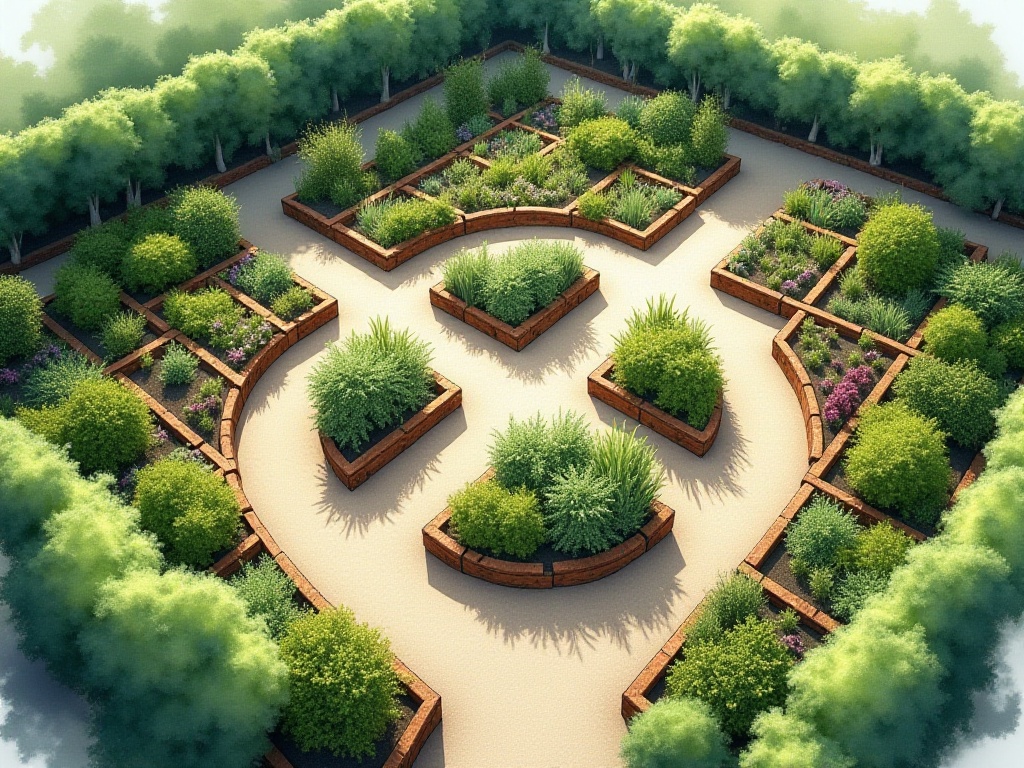
Pest and Disease Control
When it comes to the most troublesome aspect of gardening, pest and disease control tops the list. However, after years of experimentation, I've developed a fairly eco-friendly control method that allows me to grow vegetables well without pesticides.
Prevention is especially important. I planted marigolds around my garden - these flowers not only look nice but emit a special scent that repels insects. Besides marigolds, I also planted other pest-repelling plants like mugwort, mint, and cilantro. These plants not only prevent pests but can also be used for seasoning or tea - truly multi-purpose.
Physical control is the safest method. I regularly check plant leaves, especially the undersides, as many pests like to lay eggs there. When I find insects, I either pick them off by hand or spray them with soapy water. For flying insects, I hang several yellow sticky traps in the garden, as this color most effectively attracts pests.
Biological control is also effective. I intentionally leave a few corners of the garden unweeded to provide habitat for beneficial insects like ants and spiders. Last year I noticed many spiders in my garden - they caught lots of pests for me. Additionally, I frequently loosen the soil to provide space for ground-dwelling predators like toads.
If I encounter serious pest or disease problems, I use natural control methods. For example, spraying with garlic or pepper water, or spreading wood ash around plants. While these methods might not work as quickly as pesticides, they're harmless to humans and the environment.
Crop rotation is also good for pest prevention. I rotate following the order "nightshades-legumes-leafy greens," which breaks pest breeding cycles. After each harvest, I thoroughly clean up plant debris to avoid leaving pest hideouts.
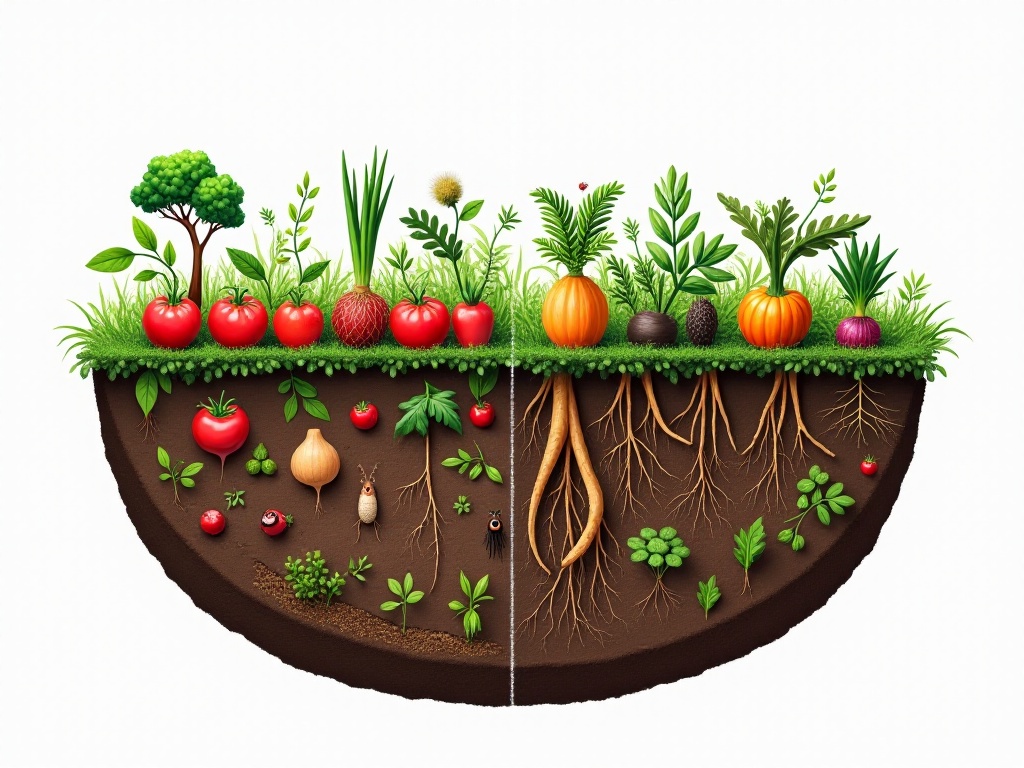
Tools are Important
While gardening doesn't require many tools, some basic ones should be kept ready. I've built a simple tool rack in my backyard where I hang shovels, rakes, scissors, and other commonly used tools, making them very convenient to use.
Most frequently used is a small spade, mainly for loosening soil and transplanting. I chose stainless steel - it's more expensive but durable and rust-resistant. Rakes are mainly for leveling soil and collecting debris - I bought both large and small ones, the large for soil preparation and the small for weeding.
A watering can is essential - I have two, one for watering and one specifically for spraying soap water or other pest control solutions. This prevents cross-contamination. Best to buy adjustable-flow watering cans for better water control.
For convenient harvesting and management, I built a simple vegetable washing station by the garden. It's just a large box made from wooden boards with a water hose connection. This allows immediate washing after harvest, saving the trouble of carrying vegetables back and forth. Under the water tank, I dug a small pit to collect washing water for watering flowers - nothing goes to waste.
Pruning tools are also important. I bought garden shears and small scissors - the shears for trimming thicker branches, the scissors for harvesting and grooming. I clean these tools after use and spray them with oil to prevent rust.
Mulch and supports are essential. Mulch is mainly for temperature and moisture control - I usually use black mulch as it lasts longer. Supports are for tomatoes, cucumbers, and other vining plants - I use reusable plastic supports, which are more durable than bamboo poles.
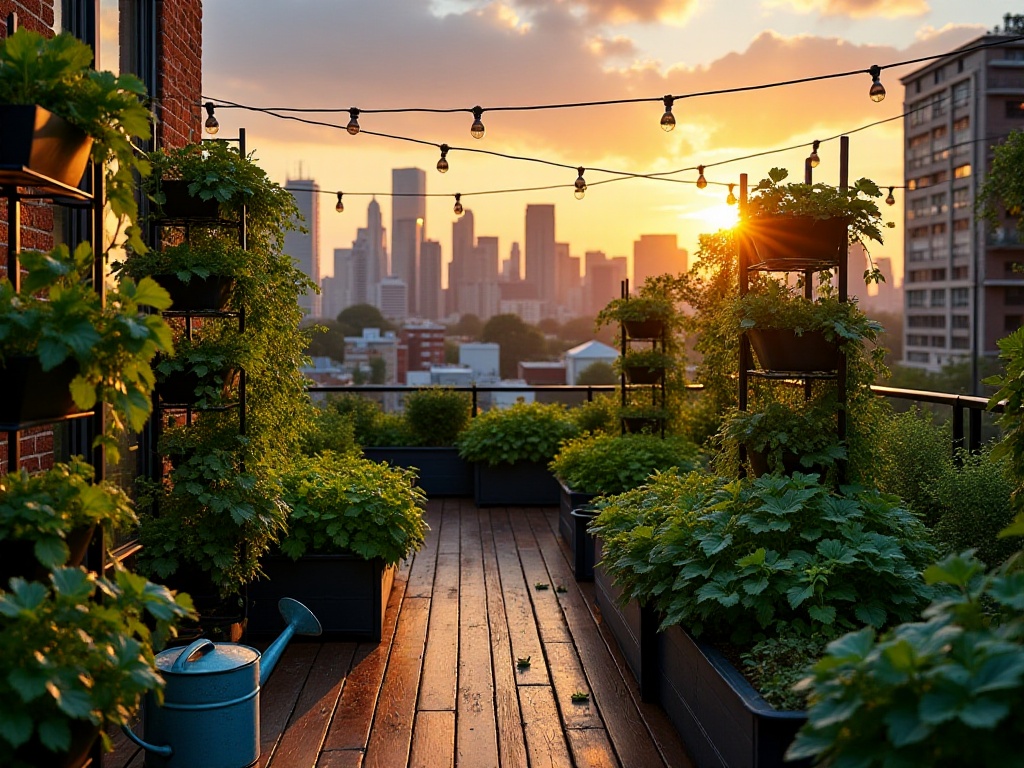
Composting is Key
Speaking of money-saving gardening secrets, making your own compost tops the list. We never throw away kitchen scraps - they all go into compost, which is not only environmentally friendly but provides quality organic fertilizer for the garden.
Making compost is actually simple. I found a sunny corner in the backyard and built a compost bin from wooden boards. The bin bottom has several small holes for ventilation and drainage. Then I layer kitchen scraps, fallen leaves, grass clippings, and other organic matter, sprinkling soil between layers to speed decomposition.
Compost materials need proper wet-dry balance. Wet materials like kitchen scraps should be layered with dry materials like leaves and straw to maintain proper moisture. Best to avoid meat and oils as they can cause odors and attract rodents.
The compost bin needs regular turning for aeration, ensuring thorough fermentation. Generally, black organic fertilizer is ready in 3-6 months. This compost not only contains rich nutrients but improves soil structure - it's the best fertilizer.
Continuous Harvest Method
To have fresh vegetables year-round, key is proper planning. I use intercropping methods, planting short-growing vegetables between longer-growing ones.
For example, between eggplants and tomatoes, I plant lettuce or bok choy. This maximizes space use and keeps land constantly productive. I did this last year and could harvest fresh vegetables almost daily.
Perennial vegetables are also a good choice. I planted several raspberry bushes and chive clusters along the garden edge - these plants provide harvests for several years from one planting. Chives especially can be used year-round, very practical.
The most important thing in gardening is patience, observation, and learning from experience. Creating a productive garden isn't that difficult - the key is dedication. Wishing everyone success in growing their own delicious garden!



